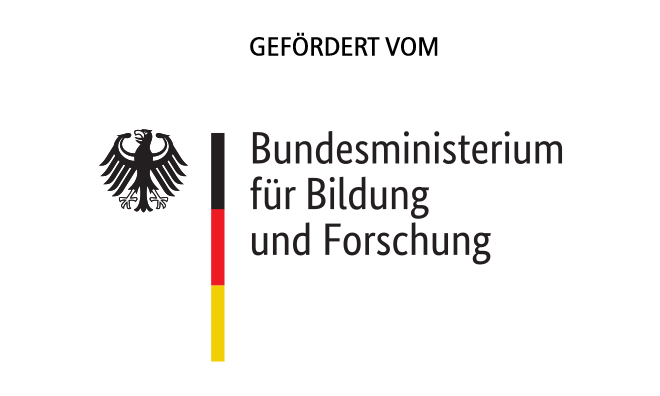Infections of the central nervous system (CNS) represent a major medical challenge due to high mortality rates and long-term neurological consequences. In addition, numerous classical zoonotic pathogens exhibit tropism for the CNS. Nevertheless, the underlying pathogenetic mechanisms are almost unknown. Besides a lack of disease-relevant animal models, the main reason for this is the lack of suitable cell culture systems.
In many studies, the interaction of various pathogen classes with immortalized cell lines or with primary cells of the brain, such as microglia, astrocytes or even neurons, has been investigated in isolation. Although both permanent cell lines and isolated purified primary cells have the advantage that specific cellular effects can be investigated explicitly mechanistically after a defined stimulus, they have the major disadvantage that these cells often exhibit an artificial, uninterpretable phenotype outside their surrounding cellular milieu. However, it is precisely the interaction of the different cell types in the brain that plays a decisive role in their behaviour under physiological or pathophysiological conditions. Microglia and astrocytes, for example, are part of the so-called glia, non-neuronal cell types of the CNS, which as such perform a multitude of tasks in pathogen defense and in maintaining tissue homeostasis. It is known that microglia and astrocytes communicate with each other and thus create a neuroprotective milieu. An imbalance, for example caused by an infection, can induce transient or permanent tissue damage, which can lead to long-term neurological consequences and even death.
The aim of this project is to establish a complex, primary cell culture system in which highly purified neurons, astrocytes and microglia are combined with each other (so-called NAM system) in order to create a cellular milieu that is as "physiological" as possible for the individual cell types and to investigate their interactions. Our methodology is based on the so-called "magnetic cell separation" (MACS). In this process, the antibodies characteristic for the specific cell types are bound to magnetic microparticles and used for the purification of highly pure cells. MACS is considered to be a very gentle, yet highly efficient method of cell recovery. With the NAM cell culture system, we would like to close the gap between animal experimental models and immortalized cell lines and offer the scientists of the zoonosis platform, but also beyond that, an innovative possibility for research into pathogenicity and immune mechanisms of CNS-associated pathogens.
Contact:
Univ.-Prof. Dr. Marcus Fulde, PhD
Centre for Infection Medicine
Institute of Microbiology and Epizootics
Freie Universität Berlin
Robert-von-Ostertag-Str. 7-13
14163 Berlin, Germany
Tel.: +49 30 838 57224
Fax: +49 30 838 457224
Email: Marcus.Fulde@fu-berlin.de



